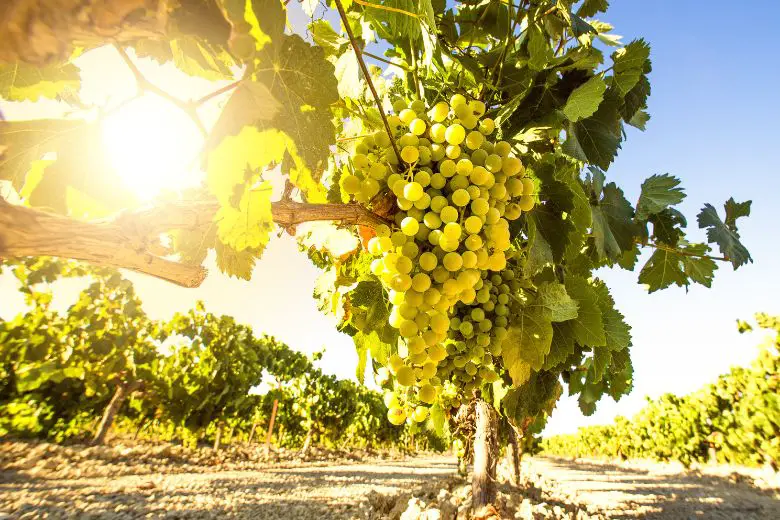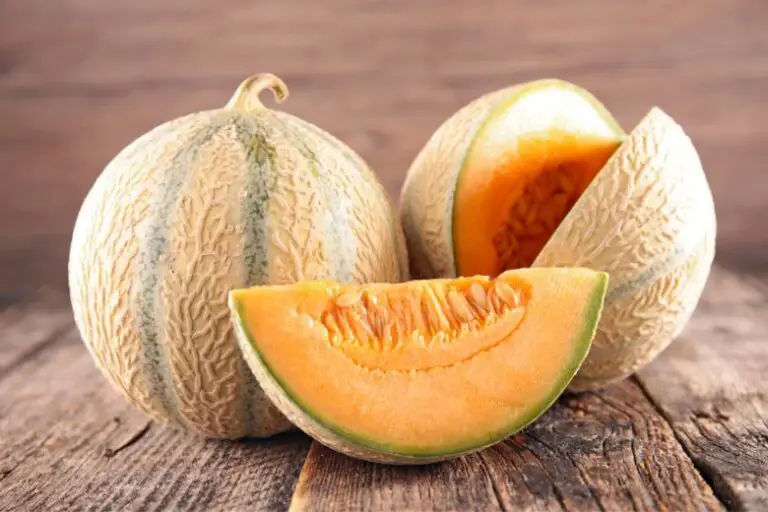When is National Grape Day
Grapes have long been a symbol of abundance, health, and celebration. From their role in ancient mythology to their significance in modern winemaking, grapes have captured the imagination of people for centuries. To honor this versatile and delicious fruit, National Grape Day is celebrated annually.
The History of National Grape Day
National Grape Day traces its roots back to the late 19th century when grapes gained prominence in American agriculture. The day is celebrated on September 29th each year, signifying the peak of the grape harvesting season. This celebration serves as a tribute to the dedication of farmers, the art of winemaking, and the cultural significance of grapes.
The Importance of Grapes
Grapes are more than just a delicious snack or the foundation of fine wines. They are packed with essential nutrients, including vitamins C and K, antioxidants, and dietary fiber. Grapes offer numerous health benefits, contributing to heart health, digestion, and even potential cancer prevention. Their natural sweetness makes them a popular choice for satisfying sweet cravings while maintaining a balanced diet.
Celebrating National Grape Day
There are countless creative ways to celebrate National Grape Day. Hosting grape tasting parties is a great idea, where guests can explore different grape varieties, from plump red grapes to crisp green ones. Grape-infused recipes also steal the spotlight during this celebration. From grape salsa to grape salad, these recipes showcase the fruit’s versatility in the culinary world.
Vineyard tours provide an opportunity to witness the grape harvesting process firsthand, offering a deeper appreciation for the efforts that go into producing these delicious fruits. Some vineyards even allow visitors to participate in grape picking, giving them a hands-on experience in viticulture.
Grape Varieties and Their Characteristics
Grapes come in a diverse range of varieties, each with its own unique flavor profile, color, and intended use. Red grapes like Cabernet Sauvignon and Merlot are famous for their use in red wines, while green grapes like Chardonnay are the stars of white wines. Table grapes, on the other hand, are perfect for snacking due to their balanced sweetness.
The Cultural and Mythical Significance of Grapes
Throughout history, grapes have held symbolic importance in various cultures. In ancient mythology, they were associated with deities and used to convey concepts of fertility and abundance. Grapes also play a role in religious practices, often symbolizing communion or spiritual connection.
Grapes in Modern Cuisine and Nutrition
In contemporary times, grapes are cherished not only for their taste but also for their health benefits. As a heart-healthy snack, they help regulate blood pressure and promote cardiovascular health. Grapes also appear in a range of culinary delights, adding a burst of flavor to salads, desserts, and even meat dishes.
The Art of Winemaking
One of the most iconic uses of grapes is in winemaking. The process involves crushing grapes, fermenting the juice, and aging it to create an array of wine varieties. The art of winemaking is a blend of science, tradition, and craftsmanship that has been perfected over centuries.
Grapes and Their Environmental Impact
While grapes offer numerous benefits, the vineyard industry also faces environmental challenges. Pesticide use, water consumption, and land management practices are subjects of concern. Sustainable viticulture practices are being implemented to mitigate these impacts and preserve grape cultivation for future generations.
Grape Harvesting Traditions Around the World
Grape harvesting is a celebration in itself, often accompanied by cultural rituals and traditions. In some regions, the harvest is marked by festive gatherings, music, and dancing. These traditions highlight the global significance of grapes beyond their culinary and economic value.
The Global Economic Impact of Grapes
Grapes contribute significantly to the global economy. Beyond winemaking, they are used in various industries, including cosmetics, jams, and juices. The trade of grapes and grape-derived products generates employment and economic growth in many regions.
Fun Facts About Grapes
- Grapes are botanically classified as berries.
- The process of turning grapes into raisins dates back thousands of years.
- The oldest known winery, dating back over 6,000 years, was discovered in Armenia.
- The concept of “vine to table” emphasizes the journey of grapes from cultivation to consumption.
- Grapevines can live for over 100 years.
Conclusion
National Grape Day is a celebration of the timeless appeal and incredible versatility of grapes. From their historical and cultural significance to their role in modern nutrition and winemaking, grapes continue to captivate people around the world. This annual observance reminds us of the valuable contributions of grapes to our lives and offers a chance to indulge in their delectable offerings







